
Ivan Mutis. The Cyber-Eye approach seeks to revolutionize CEM learning and amplify students’ understanding of the dynamic complexity of the CEM physical and social contexts through aerial visualizations using Unmanned Aerial Systems (UAS). Project: Cyber-Eye: Empowering Learning through Remote Visualizations using Unmanned Aerial Systems This is a station in the Cyberlearning 2016 Gallery Walk.
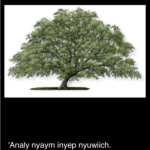
Jonathon Reinhardt. The PIKDL project sponsored a symposium for Mojave educators to develop a language and culture learning narrative game “ ‘Analy Nyuwiich: The Mesquite Tree” using ARIS. More games, a user manual, and future workshops are currently under development. Project: Partnerships in Indigenous Knowledge and Digital Literacies This is a station in the Cyberlearning […]

Erin Walker. This poster and demo will showcase the EMBRACE iPad app, an intelligent tutoring system for reading comprehension. The application works by scaffolding young English Language Learners as they create internal, dynamic simulations of the text content. Project: Enhanced Moved by Reading to Accelerate Comprehension in English This is a station in the Cyberlearning […]
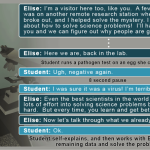
James Lester. The major goals of the project are to design, develop, and refine an integrated affect and dialogue management model that adaptively responds to students’ affective states in the course of their learning interactions. Project: Adapting to Affect in Multimodal Dialogue-Rich Interaction with Middle School Students This is a station in the Cyberlearning 2016 […]
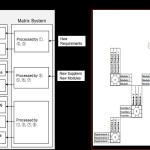
Carolyn E. Psenka. Wayne State, Penn State and Oregon State universities are collaborating to develop the CooL:SLiCE cyberlearning platform for enabling research in support of sustainable lifecycle engineering education. The CooL:SLiCE cyber-platform consists of three main modules for analyses of environmentally responsible product design: an online CAD and design repository, a manufacturing analysis engine, and […]

Douglas Edwards. EarSketch creates a free browser based authentic learning environment where students learn to code in Python or Javascript and remix music by music industry veterans in the high school Computer Science Principles course. Project: EarSketch: An Authentic, Studio-Based STEAM Approach to High School Computing Education This is a station in the Cyberlearning 2016 […]
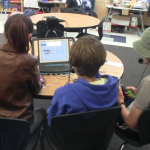
Cynthia D’Angelo. This demo shows our three-person collaboration activity station and we will present the preliminary results of group level collaboration quality coding as a first step in automating targeted feedback to teachers using student speech data. Project: Speech-Based Learning Analytics for Collaboration This is a station in the Cyberlearning 2016 Gallery Walk.

Jenna Marks. We describe the design of the Invention Coach, which is based on a two-pronged approach. Our design was informed by our own study of naturalistic teacher guidance for Invention along with prior research on the mechanisms of learning from Invention. Project: The Invention Coach This is a station in the Cyberlearning 2016 Gallery […]

Kirsten Butcher. EXAMINE Lab is an augmented reality annotation system implemented on tablet devices for hands-on experimentation in physics. Our work explores how annotated views of hands-on activities can support the development of conceptual physics understanding. Project: EXAMINE Lab: Hands-On, Augmented Reality Learning in Physics This is a station in the Cyberlearning 2016 Gallery Walk.
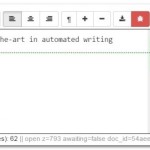
Evgeny Chukharev-Hudilainen. CyWrite is a system for automated writing evaluation (AWE) that provides product- and process-based feedback to learners of writing on their drafts. It is the first AWE system to incorporate combined keystroke logging and eye tracking technology. Project: CyWrite This is a station in the Cyberlearning 2016 Gallery Walk.








